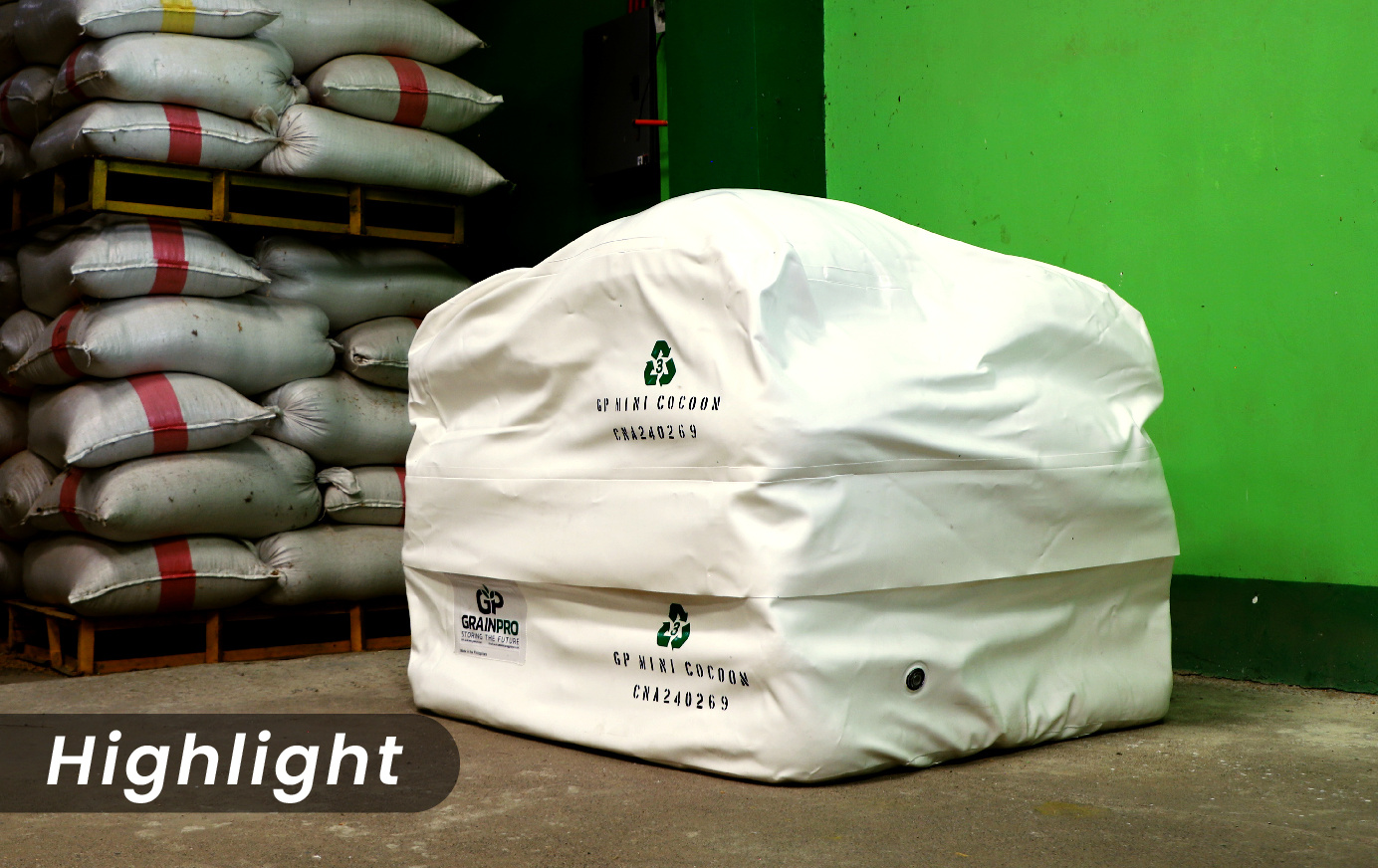Hunger affects millions of people every day, mainly due to food insecurity, which can be defined as the lack of access to sufficient food to meet daily basic needs. There are varying causes and factors contributing to this problem. Economy, population growth, natural disasters, and crop failure along with excessive post-harvest losses are among the numerous factors affecting food security.
The lack of food security is an ever-present issue in the international arena. Both government agencies and international organizations are working hard to tackle the problem and try to provide food security solutions. The goal is to prevent millions of people affected by hunger and poverty from suffering its ill effects.
However, in the agricultural sector, achieving a system that would mitigate the effects of lack of food security is not an easy task. Lessening the losses from production to post-harvest is challenging, but important nonetheless. Producers, traders, and consumers need to find ways to secure commodities. It is crucial that long-term storage would not reduce the quantity and quality of crops, especially staple grains.
Both rice and maize are staple grains. Staple can be used to describe food items that make up the majority of a person’s daily diet. That said, commodities, such as staple grains, are important to achieving food security because billions of people worldwide depend on these crops for daily sustenance. In Africa alone, around 300 million people are dependent on maize. With 50 different varieties being cultivated worldwide, it is a crop that definitely is a priority in the issue of food security.
When it comes to rice, around 3.5 billion people worldwide rely on this grain for sustenance. 90% of rice is produced and consumed in Asia. Culture and tradition are also embedded with rice. It is to the extent that a country’s development can be immensely affected by the management or mismanagement of the rice industry.
Food insecurity affects nutrition and health. It also remains as the biggest factor as to why there is a great need to secure the handling and storage of commodities such as staple grains. When stored properly, these commodities can help mitigate the effects of hunger and malnutrition—providing the capacity for large populations to be fed all throughout the year even when the harvest season is over.
Related: Benefits of a Good Storage System for Cereal Grains
Storage requires careful preparation, especially when doing so for longer periods such as one year or more. This is to ensure that there will be minimal losses in both quantity and quality. Handlers must make sure that both the commodities and the storage system are suited for this operation. In line with this, here are some helpful steps that handlers could follow to ensure successful results in long-term grain storage.
First, handlers should bring the moisture content of grains to the right percentage. The perfect moisture content is about 14% for maize and around 12% for rice. The right moisture content helps in inhibiting mold growth. This ensures that no harmful substances, such as aflatoxins from molds, will contaminate the stored commodities. This step is important to avoid aflatoxins from spoiling either maize or rice.
Second, the storage system must be prepared and should be suited to hold grains for the long haul. A controlled atmosphere that is airtight and moisture-tight must be guaranteed so that no damage can be brought to the grains. If air can enter, insects can thrive within the grains. Other pests may eventually come in through the airway and eat away the stored grains. This will potentially result in huge losses in quantity and quality. At the same time, airflow may bring in moisture, which may enable molds to grow and bring damage to the crops as well.
Once an airtight and moisture-tight storage system is in place and the grains contained are at the proper level of moisture content, then it is time to take the last step: constant monitoring. This step ensures that no damage is sustained by the storage system and that the grains are secured. Regularly checking that gasses, such as oxygen or carbon dioxide, levels are stable and constant goes a long way in securing the integrity, durability, and effectiveness of the storage system and the quality of its contents.
For long-term storage, hermetic storage is an ideal solution. Hermetic technology makes use of air-tight and moisture-tight materials that provide an insect-free and mold-free environment to store and secure commodities.
As the leading company for hermetic solutions, GrainPro’s drying and storage solutions are perfect for the long-term storage of grains. Such solutions help in achieving food security and hopefully, result in a hunger-free world.
To learn more about GrainPro’s solutions, click the button below.
Date Published: November 22, 2018




.jpg)
